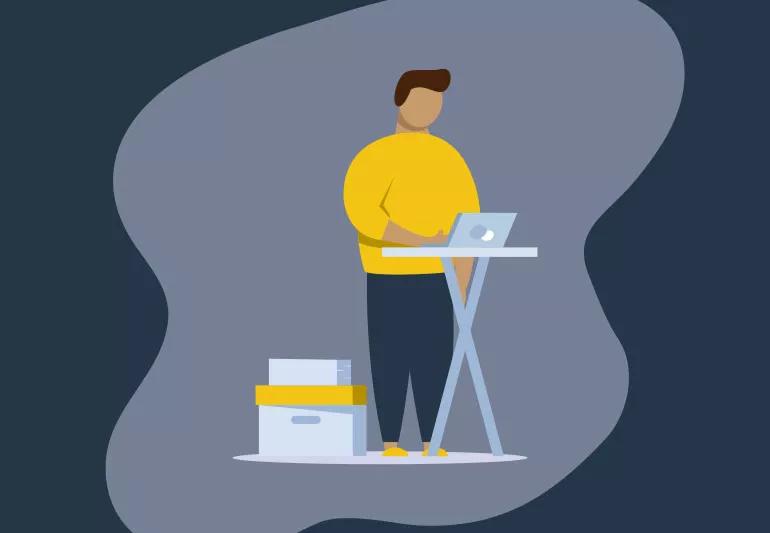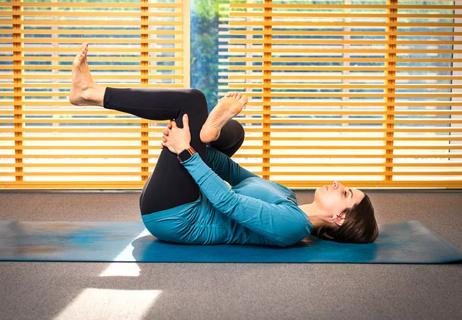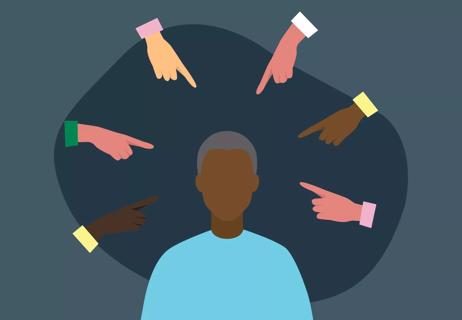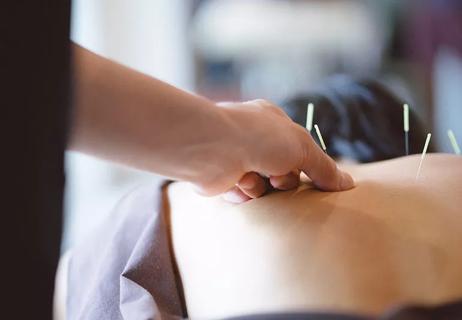Luckily, there are simple remedies

If you sit at a desk all day, you may experience vague discomfort and pain where you sit. Doctors may call this lower cross syndrome, gluteal amnesia or gluteus medius tendinosis.
Advertisement
Cleveland Clinic is a non-profit academic medical center. Advertising on our site helps support our mission. We do not endorse non-Cleveland Clinic products or services. Policy
But another more memorable term is: “dead butt” syndrome.
“When I call it ‘dead butt’ syndrome, patients grasp the concept right away,” says chiropractor Andrew Bang, DC. “I didn’t coin the phrase, but I like to use it because it’s easy to understand.”
In this syndrome, muscle tightness and weakness combine to create an imbalance. Constant sitting weakens the gluteus medius, one of the three primary muscles in the buttock. It also tightens the hip flexors.
The job of the gluteus medius is to stabilize your hips and pelvis. When it’s weak and can’t function properly, you may experience varying levels of hip and lower back pain when you sit and sometimes when you move.
“Muscle weakness can also compress, pull or pinch the nerves, leading to the numbness related to dead butt syndrome,” says Dr. Bang.
Not surprisingly, sitting for long periods in front of a desk or in a car is the most common cause of dead butt syndrome.
“The weakness is gradual, happening over time,” Dr. Bang says. “Most patients have no idea what they did to cause the pain.”
But the problem also strikes those who are active. Athletes, especially avid runners who forgo cross-training and strength training, can also develop this syndrome, Dr. Bang says.
Advertisement
Can you feel better without resorting to pain medication or surgery? “Most definitely,” he says.
A deep tissue massage can sometimes help combat the problem. But three exercises will often help you conquer the pain and discomfort:
Repeat 15 to 20 times, in sets of three, every day:
Repeat 30 to 40 times, in sets of three, every day:
This yoga pose, done while sitting on an armless chair, helps stretch your tight hip flexors. Hold the stretch for 20 seconds on each side, three times a day.
Making adjustments in how you work at your desk can also relieve dead butt syndrome — or prevent the problem before it develops.
For example, try sitting for 40 minutes and then standing for 20 minutes. Use the standing time to talk on the phone, do filing or confer with co-workers.
To make standing time even more flexible, Dr. Bang recommends using a sitting/standing desk. These adjustable-height desks come in two designs: a full-size desk or a table-top size that sits atop your traditional desk.
Some employers will purchase a sitting/standing desk for employees if they have a doctor’s order. Dr. Bang tells companies, “It’s a very minimal expense, and a lot cheaper than paying for medical costs.”
Even if your desk chair is ergonomically correct (conducive to good posture), it’s a good idea to change what you sit on periodically. This helps keep the muscles in your buttocks and lower back engaged.
A therapy ball, which lets you shift your weight easily and frequently, and a kneeling chair are both good options.
“Variety is the take-home message,” says Dr. Bang.
Advertisement
Learn more about our editorial process.
Advertisement

When your lower back locks up, walking and stretching are key

Decide what you’re OK sharing, respect others and speak up if you feel uncomfortable

From ‘Sunday scaries’ to microaggressions, you can learn to navigate your workplace woes

Strengthen your hip muscles with yoga

You deserve peace of mind in your workplace

A hostile work environment can be harmful to your health and wellness

The short answer from a spine specialist

Type 2 diabetes isn’t inevitable with these dietary changes

Applying a hot or cold compress can help with pain